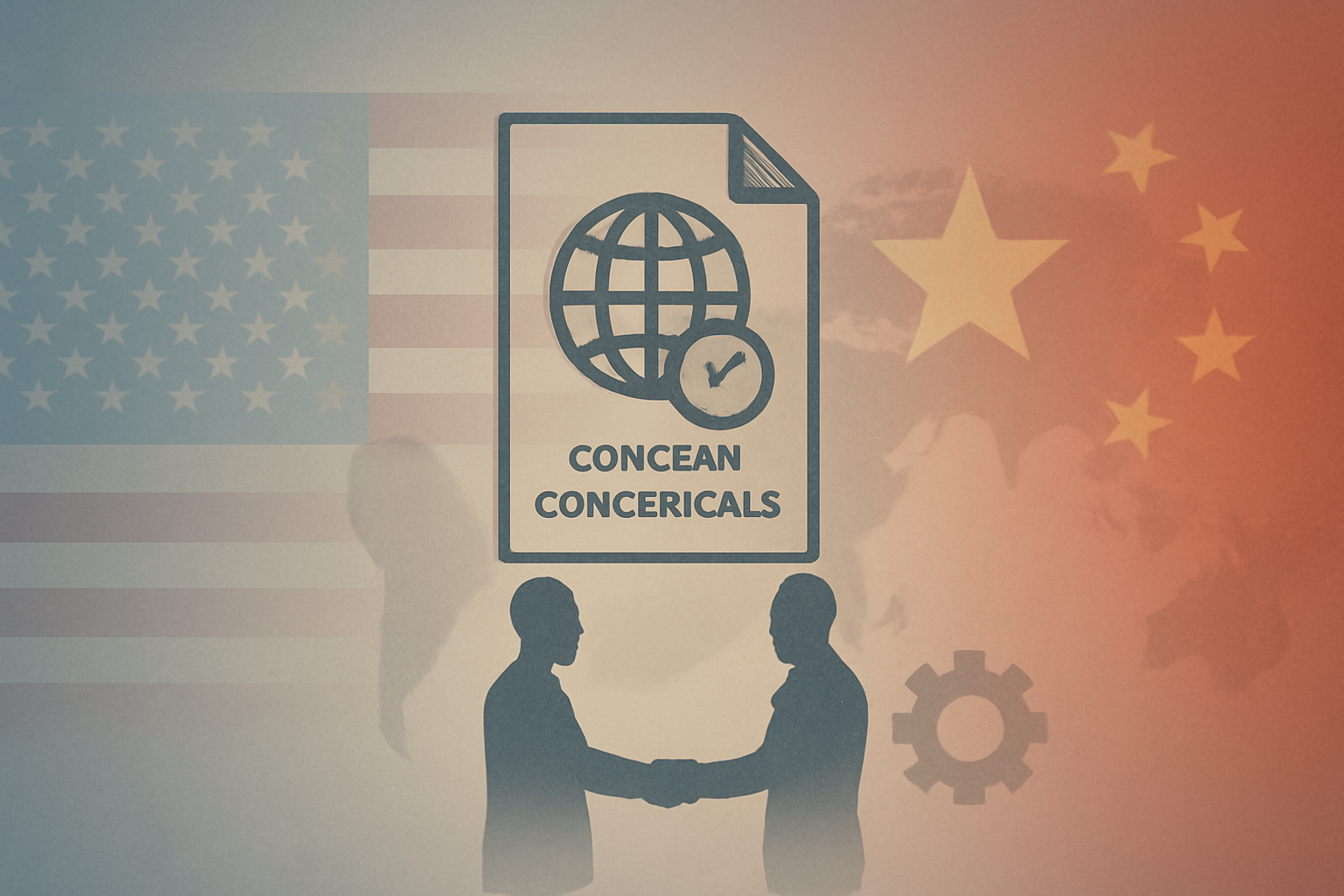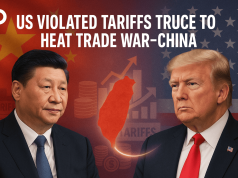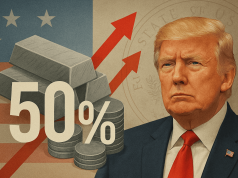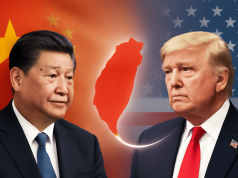United States President Donald Trump stated that high-level talks between US and Chinese officials have concluded with a deal. He said that Beijing had agreed to supply American companies with rare earth metals and magnets. In response, the US would revoke its threats to cancel visas of Chinese students. Trump took to his social media platform, Truth Social, to write that his administration’s deal with Beijing is finalized and subject to final approval from President Xi Jinping and himself.
The announcement followed two days of intense talks in London to resolve conflicts that had arisen since both top economies agreed on a deal in May after a swift escalation of tariffs had nearly stopped trade between them. However, the limited nature of the announcement highlights the questions the White House is facing regarding whether its tariff strategy can quickly produce solid trade deals.
Speaking on Thursday, President Trump stated that he would establish unilateral tariff rates with trading partners within the next one to two weeks. The US president indicated that he would send letters outlining the terms of the new deals ahead of a July 9 deadline to reimpose higher tariffs on countries worldwide.
Will Trump pause existing Tariffs?
Separately, US Treasury Secretary Scott Bessent mentioned that he expected the US to extend the existing pause on some of its most aggressive tariffs to allow trade talks with other countries to proceed. Details about the new agreement with China were limited. Trump and China’s leader, Xi Jinping, spoke by phone last week to initiate negotiations involving top officials from both nations.
Officials noted that it would not alter the broad outlines of the May truce, which reduced but did not eliminate the new tariffs announced by the two countries since Trump initiated a new trade war earlier this year. “The two sides have, in principle, reached a framework for implementing the consensus reached by the two heads of state during the phone call on June 5 and the consensus reached at the Geneva meeting,” China’s Vice Commerce Minister Li Chenggang stated.
Both Sides Reached a Framework to Implement the Geneva Consensus
US Commerce Secretary Howard Lutnick told reporters that the two sides had “reached a framework to implement the Geneva Consensus.” “Once the presidents approve it, we will then seek to implement it,” he added. Speaking to broadcaster CNBC on Wednesday, he indicated that the talks had “cleaned up” the Geneva agreement.
White House press secretary Karoline Leavitt mentioned that Trump was currently reviewing the details of the deal. “But what the president heard, he liked,” she added. The negotiations in London were partially prompted by US concerns that China was not releasing its exports of magnets and rare earth minerals quickly enough, which are essential for manufacturing a wide range of products, including smartphones and electric vehicles.

Beijing, in turn, criticized the controls the US has implemented to limit China’s access to semiconductors and other related technologies tied to artificial intelligence (AI), as well as the Trump administration’s plans to limit visas for Chinese students. Speaking to CNBC, Lutnick noted that the US had agreed to remove some “counter-measures” without specifying the response.
Treasury Secretary Scott Bessent, testifying before Congress on Wednesday, stated that the recent talks had been narrowly focused and that a more comprehensive deal would require time. “It will be a much longer process,” he said. In the same hearing, he acknowledged that trade talks with other countries might extend beyond the administration’s self-imposed 90-day deadline. “It is highly likely that for those countries that are negotiating – or trading blocs, in the case of the EU – who are negotiating in good faith, we will roll the date forward to continue the good-faith negotiation. If someone is not negotiating, then we will not,” he said.










